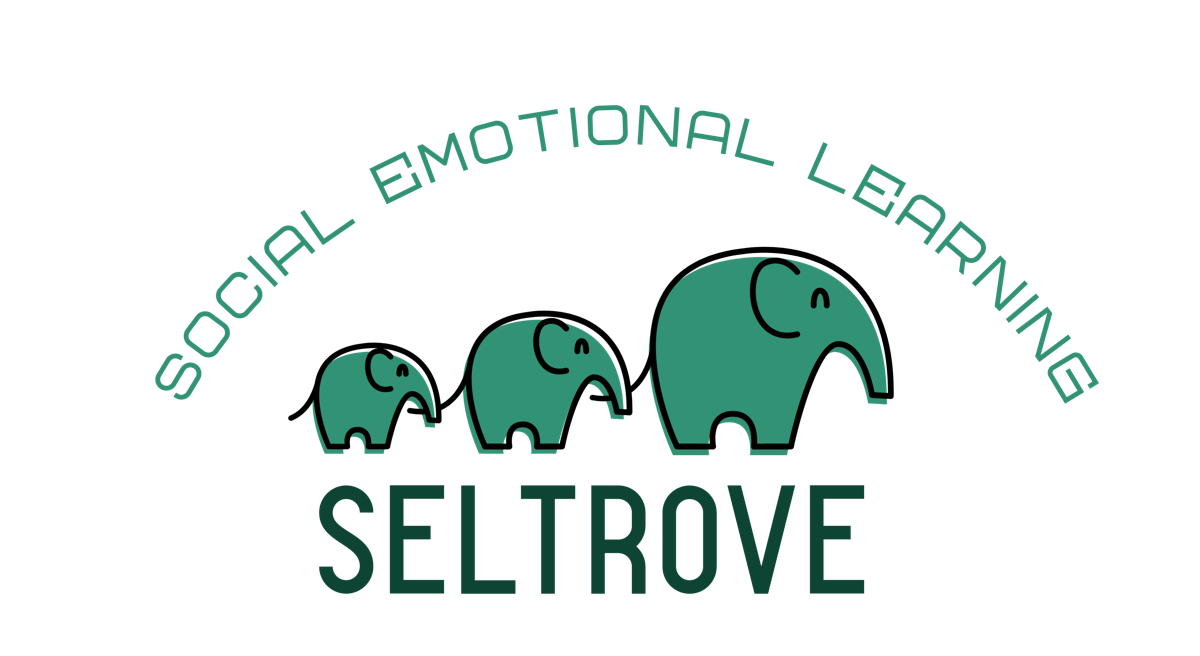
Chatbots for Empathy: Can AI Really Teach Compassion?
In an era where artificial intelligence is transforming classrooms, one question sparks both intrigue and skepticism: Can AI teach empathy?
From chatbots that simulate conversations to AI-powered peer mentoring tools, there’s growing interest in using generative AI to foster social-emotional learning (SEL). But teaching compassion—a deeply human, emotional skill—through algorithms? That pushes the boundaries of both technology and pedagogy.
This article dives into how AI chatbots are being deployed to nurture empathy in students, what the research says, and where caution is needed.
Why Empathy Matters in Education
Empathy—the ability to understand and share another person’s feelings—is a cornerstone of SEL. According to CASEL, developing empathy:
Enhances peer relationships,
Reduces bullying,
Fosters collaboration and inclusion,
Builds civic engagement.
In today’s polarized and digital-first world, compassionate communication is more essential than ever.
The Rise of Chatbots for SEL
AI chatbots are no longer limited to answering factual questions. They can:
Simulate real-life social scenarios,
Engage students in conversations about feelings,
Prompt role-playing exercises,
Model empathetic responses.
For example:
Woebot, an AI-driven mental health chatbot, engages users in conversations about stress and anxiety (Woebot Health),
Hugging Face’s BlenderBot and other experimental tools can role-play conflict resolution or peer interactions.
In classrooms, some educators are piloting chatbot-led exercises where students practice active listening and emotional validation in controlled digital environments.
The Benefits: Why Chatbots Can Help
1️⃣ Low-Stakes Practice
Many students, especially those who are shy or neurodivergent, find it intimidating to engage in face-to-face empathy exercises. Chatbots provide a judgment-free space to rehearse conversations, learn social cues, and reflect on responses.
As noted by the Harvard Graduate School of Education, practice and repetition are key to building empathy—and AI offers infinite, patient practice partners.
2️⃣ Personalized, Adaptive Learning
Chatbots can tailor responses and feedback to the student’s language, age, and context, offering personalized guidance that static role-play scripts can’t match.
3️⃣ Immediate Feedback
Instead of waiting for a teacher’s review, students can receive real-time nudges like:
“That response may seem dismissive. How might you show more understanding?”
“Great! You acknowledged their feelings before offering advice.”
This builds self-awareness and reflection in the moment.
4️⃣ Cultural and Linguistic Inclusivity
Advanced AI chatbots support multiple languages and can simulate culturally diverse scenarios, helping students develop global empathy and cross-cultural understanding.
But… Can AI Really Understand Feelings?
Here’s where things get tricky. AI chatbots simulate empathy, but they don’t feel it. They recognize patterns in text—mirroring compassionate language without genuine emotional understanding.
This distinction raises philosophical and practical concerns:
Are students learning true empathy or just mimicking politeness?
Does overexposure to simulated empathy dull sensitivity to real human emotions?
A report by the UNESCO AI in Education initiative warns that while AI can facilitate empathy-building activities, it cannot replace authentic emotional connection.
Pitfalls to Watch For
🚩 False Sense of Connection
Students may start to feel emotionally bonded to AI chatbots, believing they are engaging with a “friend” rather than a programmed agent. This could blur boundaries between authentic and artificial relationships.
🚩 Simplification of Complex Emotions
Human emotions are layered, messy, and context-dependent. AI, constrained by its training data, may offer oversimplified scripts that don’t capture real-world emotional nuance.
🚩 Privacy and Ethics
SEL conversations often involve sensitive personal information. Without strict safeguards, data privacy becomes a serious concern. Schools must choose tools that comply with FERPA, COPPA, and adhere to ethical AI use guidelines (Center for Democracy & Technology).
🚩 Risk of Bias
AI reflects the biases in its training data. When chatbots simulate empathy, they may unknowingly reinforce stereotypes or cultural misunderstandings, as highlighted in Brookings Institution research.
Best Practices for Teaching Compassion with Chatbots
✅ 1. Use AI as a Supplement, Not a Stand-In
AI chatbots should augment human-led SEL activities, not replace them. Pair chatbot practice with teacher-facilitated discussions and peer interactions to ground learning in real relationships.
✅ 2. Emphasize Reflection
Encourage students to reflect on their chatbot experiences. Questions like:
“How did it feel to express empathy digitally?”
“What was missing compared to a conversation with a real person?”
These meta-cognitive exercises deepen understanding.
✅ 3. Regularly Audit AI Responses
Educators should monitor and periodically audit chatbot interactions to ensure appropriateness, cultural sensitivity, and alignment with SEL goals.
✅ 4. Prioritize Transparency
Teach students that chatbots don’t “feel” emotions and explain why simulated empathy is different from genuine human care.
The Future of AI and Empathy in Education
Emerging innovations—such as emotion-detection AI—are pushing boundaries even further. Researchers at Stanford’s HAI (Human-Centered AI Initiative) are exploring how AI can recognize tone, facial cues, and emotional signals to offer more responsive interactions.
But even as these technologies advance, one truth remains: Empathy is inherently human. AI can assist in practice but cannot replace the lived experience of compassion shared between real people.
Conclusion: Empathy, Augmented—Not Artificial
So, can AI teach compassion? The answer is: Yes—but only up to a point.
Chatbots offer valuable opportunities for students to practice empathy, rehearse difficult conversations, and build social confidence in low-pressure settings. However, true empathy—rooted in mutual understanding, vulnerability, and emotional presence—requires human connection.
As we integrate AI and empathy in education, we must ensure that technology enhances, not dilutes, the heart of SEL: building authentic, caring communities where every student feels seen, heard, and valued.
Want to learn more?
Access classroom-ready turnkey resources for your SEL classroom. Our SEL resources are crafted to be both engaging and interactive, aimed at nurturing empathy, compassion, and well-being among students. With a commitment to creating inclusive and kind classroom environments, our suite of print and digital materials is designed to support educators in this mission
Featured links
-
SEL Print Workbooks
-
SEL Lightspeed Schoolwide
-
SEL K-12 Free Sample Guide
-
District Solutions
-
About us
Teacher Resources
Get in touch
-
516 North Ogden Ave, Suite 111 Chicago, IL 60642
-
andy@seltrove.com
-
312-224-2536